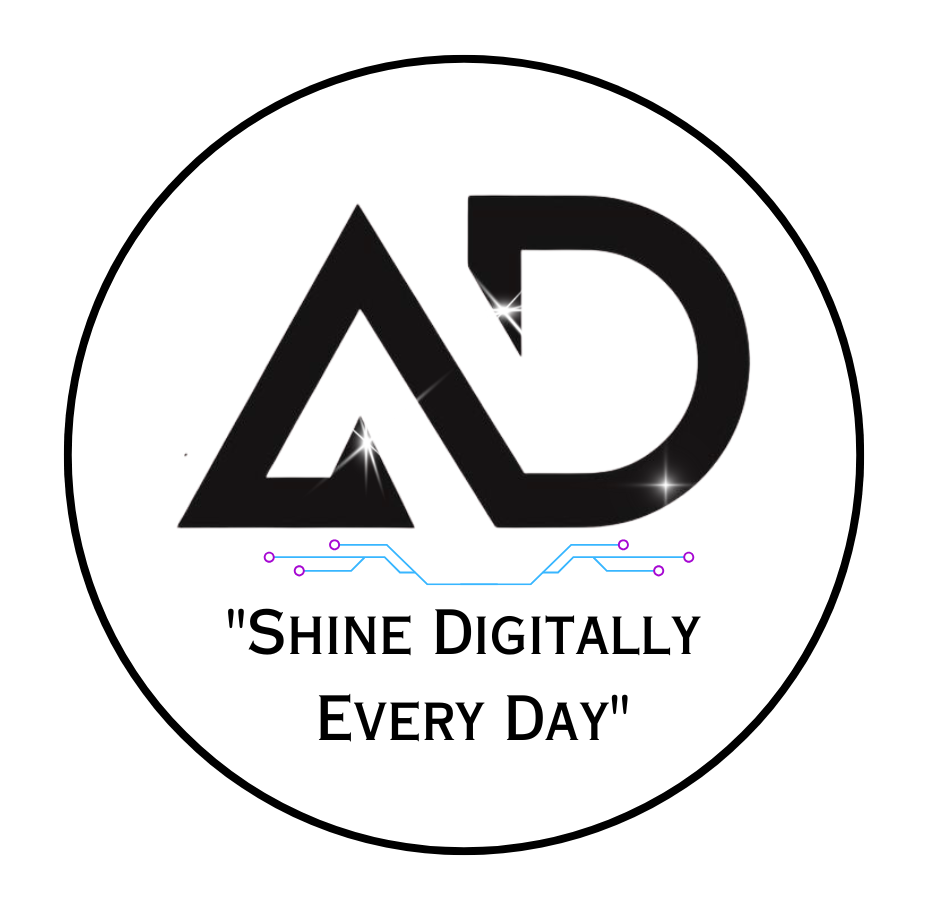
What is web development | 2025
A Complete Beginner’s Guide to Building the Internet
Introduction: Understanding the World Behind Every Website
In today’s digital-first world, almost everything we interact with — from social media to online shopping and streaming — exists because of web development. But what is web development | 2025 exactly? In simple terms, web development is the process of building, creating, and maintaining websites and web applications that run on the internet.
Whether you’re scrolling through Instagram, reading your favorite blog, or booking a hotel online, web development is working silently behind the scenes. It’s the backbone of the internet — making ideas come alive in the form of beautiful, functional, and interactive websites.
This guide will humanize web development, breaking down the technical jargon into easy-to-understand concepts. Let’s explore how web development works, its types, tools, and the skills you need to become a web developer.
1. What is Web Development?
At its core, what is web development | 2025 means creating and maintaining websites. It involves coding, designing, and managing how a website looks, feels, and functions.
Web development can be divided into two main parts:
- Front-End Development (Client-Side): This is everything users see on the screen — colors, buttons, layouts, animations, and fonts. It’s all about creating a smooth and visually appealing experience for visitors.
- Back-End Development (Server-Side): This is what happens behind the scenes. It manages the data, servers, and databases that power a website. When you log in, add items to your cart, or watch a video, the back-end makes sure everything runs perfectly.
Together, these two sides work seamlessly to make websites interactive and functional.
2. Why Web Development Matters in Today’s Digital Age
The importance of what is web development | 2025 has never been greater. In 2025, every business, brand, and even individual relies on a digital presence. A well-developed website is not just an online identity — it’s your digital storefront, your communication tool, and often your first impression.
Here’s why web development matters:
- 🌍 Global Reach: Your website connects you with audiences worldwide.
- ⚡ User Experience: Good web development ensures faster load times and better usability.
- 💼 Business Growth: A professional website builds credibility and attracts customers.
- 🔒 Security: Modern web development includes protecting user data and preventing hacking.
In short, web development is how the internet breathes — keeping businesses alive and users engaged.
3. The Main Components of Web Development
To truly understand what is web development | 2025 , let’s look at its three main pillars:
🖥️ Front-End (The Visible Part)
Front-end development uses technologies like HTML, CSS, and JavaScript to create the visible structure of a website.
- HTML (HyperText Markup Language) gives the site structure.
- CSS (Cascading Style Sheets) styles the layout — colors, fonts, and design.
- JavaScript adds interactivity — sliders, animations, and dynamic effects.
Example: When you click a “Buy Now” button and see an animation or pop-up, that’s front-end web development at work.
⚙️ Back-End (The Brain Behind the Scene)
Back-end developers work with databases, servers, and logic that power websites. Common languages include Python, PHP, Ruby, Node.js, and frameworks like Laravel or Django.
Example: When you log into Facebook, the back-end verifies your credentials and loads your personal feed.
🗄️ Database (The Memory)
The database stores all the website’s data — from user profiles to blog posts. Developers use systems like MySQL, MongoDB, or PostgreSQL to manage it efficiently.
4. Types of Web Development
There are several branches of what is web development | 2025, depending on the type of website or application being built:
- Static Website Development: Simple pages with fixed content.
- Dynamic Web Development: Interactive and data-driven websites like e-commerce stores.
- E-commerce Development: Platforms like Amazon or Shopify that allow online selling.
- CMS Development: Websites built using systems like WordPress or Joomla.
- Web App Development: Complex, app-like websites such as Gmail or Trello.
Each type requires different tools, coding languages, and expertise — but all fall under the umbrella of web development.
5. The Human Side of Web Development
Beyond coding and technology, what is web development | 2025 is about solving problems for people. It’s about understanding how users think and what they need — and then designing websites that feel natural and easy to use.
Humanizing web development means focusing on:
- Accessibility: Ensuring everyone, including those with disabilities, can use your site.
- User Empathy: Designing interfaces that make people feel understood.
- Storytelling: Using visuals and interactions to tell your brand’s story online.
A great web developer doesn’t just write code — they build experiences that connect humans through technology.
6. Tools and Technologies Used in Web Development
Web development keeps evolving with new tools and frameworks every year. In 2025, popular tools include:
- Front-End: React.js, Vue.js, Tailwind CSS, SASS
- Back-End: Node.js, Django, Laravel, Flask
- Version Control: Git and GitHub
- APIs: For integrating external services
- Testing: Jest, Mocha
- Deployment: AWS, Vercel, Netlify
A modern web developer combines creativity with these powerful tools to bring digital ideas to life.
7. How to Learn Web Development
If you’re inspired to start your web development journey, here’s a roadmap:
- Learn the basics: Start with HTML, CSS, and JavaScript.
- Build small projects: Practice by creating simple web pages.
- Understand the back-end: Learn a server-side language like Python or PHP.
- Work with databases: Explore SQL and NoSQL systems.
- Learn version control: Use Git to track changes in your code.
- Build a portfolio: Create real projects to showcase your skills.
- Keep updating: Web development is always changing — continuous learning is key.
Web development isn’t just a job skill — it’s a lifelong creative journey.
8. The Future of Web Development in 2025 and Beyond
The world of web development is evolving fast. In the coming years, trends like AI integration, Web3 technologies, progressive web apps (PWAs), and voice-based interfaces will reshape how we interact with the internet.
Developers will focus on building smarter, faster, and more human-centred experiences. As AI and automation grow, creativity and empathy will become even more valuable for web developers.
